
Why Did My Silver Ring Turn Gold and How to Fix It
If you’re wondering why did my silver ring turn gold, the answer comes down to surface chemistry. Copper-rich surface enrichment, sulfur-driven tarnish (silver or copper sulfides), chlorine exposure, heat, or even acidic sweat can all cause a warm yellow-brown discoloration. Before panicking, make sure it isn’t gold plating: tarnish usually wipes dark on a cloth, while plating stays evenly golden. Clean gently using pH-neutral soap, a polishing cloth, or a professional silver cream—avoiding harsh chemicals and abrasives that can scratch the surface. For jewelry that stays bright even with daily wear, explore our waterproof rings collection designed to resist tarnish. Store pieces in anti-tarnish pouches with silica gel and remove them before swimming or workouts. More in the next sections.
Common Reasons Silver Appears Gold
Although sterling silver is naturally white, several mechanisms can shift its surface hue toward gold. You’re seeing a thin, surface-level color change driven by silver alloy compositions and environmental exposure.
Elevated copper content in sterling (92.5% Ag, ~7.5% Cu) promotes copper-rich surface enrichment, which warms reflectance. Oxidation reactions with sulfur compounds (airborne H2S, polluted atmospheres, some cosmetics) form copper oxides and sulfides that skew yellow to brown.
Heat from soldering or sunlight can accelerate diffusion and patination. Contact with chlorinated pools or household cleaners alters surface chemistry, favoring nonstoichiometric films.
Residual polishing compounds and microabrasion can smear brass particles from tools, imparting a gold cast. Finally, skin pH, sweat chloride, and lotions act as electrolytes, modulating film thickness and perceived color.
How to Tell If It’s Tarnish or Gold Plating
How can you quickly distinguish tarnish from gold plating on a silver ring?
Start with visual tarnish identification: tarnish appears patchy, gray-brown, or iridescent, often concentrated in crevices; gold plating looks uniformly warm-yellow with a consistent sheen.
Perform a gentle rub test using a soft, untreated microfiber cloth—tarnish transfers as dark residue; intact gold plating won’t.
Use a mild silver polish on an inconspicuous spot: tarnish brightens to silver quickly, while true gold plating remains yellow unless abraded.
Check edges and high-wear points with 10x magnification. If you see silver “breakthrough” only on contact areas, it’s likely thin gold plating.
Avoid abrasive methods or acids.
Confirm hallmarks: “925” indicates sterling substrate; plating indicators include “GP” or “HGE,” though not always present.
Signs Your Ring Is Gold Vermeil or Gold-Filled
Curious whether your “gold” silver ring is vermeil or gold-filled? Check hallmarks first.
Vermeil typically carries “925,” “STERLING,” or “STG,” sometimes paired with “VERMEIL” or “V.” Gold-filled often reads “1/20 14K GF” (or similar karat + GF fraction).
Evaluate gold vermeil characteristics: a sterling silver core with a thick electroplated gold layer (≥2.5 microns, ≥10K). You’ll see a uniform hue, with high-polish edges thinning first, revealing silver at sharp corners.
Now look for gold filled differences: a mechanically bonded gold layer (outer cladding) that’s thicker and more durable than standard plating. Wear patterns expose a warm, gradual change rather than speckled flaking.
Magnification shows a distinct silver-to-gold interface on vermeil; gold-filled shows layered construction at cut edges. Test discreetly; avoid abrasive methods.
Body Chemistry and Everyday Products That Cause Discoloration
Even when a ring’s metallurgy is sound, your skin chemistry and daily exposures can drive color shifts. Your body chemistry—pH, sweat rate, and sebum composition—modulates silver’s surface reactions. Acidic sweat and sulfur-rich amino acids accelerate formation of silver sulfide films that skew warm, appearing champagne or pale gold.
Trace chlorine from tap water or perspiration byproducts like urea can destabilize protective oxides, revealing yellowish undertones in copper-bearing sterling.
Everyday product ingredients compound the effect. Hand creams with sulfur-containing preservatives, retinoids, or AHAs lower local pH; sunscreens with avobenzone or octinoxate leave reactive residues; hair products with quats and dyes transfer cationic pigments; cosmetics with iron oxides and mica embed tint.
Fragrances, deodorants, and antibacterial agents alter microfilm chemistry. Clean residues promptly and minimize direct product-to-metal contact.
Heat, Chlorine, and Environmental Triggers
While personal care residues set the stage, ambient factors often drive the strongest shifts.
Under heat exposure, silver alloys accelerate oxidation and diffusion of copper, producing a warm, brassy patina that reads as “gold.” Thermal cycling expands micro-porosity in plating, exposing base metals that color more quickly.
Dry heat and UV also dehydrate surface films, letting sulfur and oxygen interact directly with the alloy.
Chlorine exposure is particularly aggressive. Chloride ions attack silver and copper, forming silver chloride and copper chlorides that yellow or bronze the surface.
Pool sanitizers and hot tubs combine chlorine with elevated temperature, multiplying reaction rates. Urban air, ozone, and fine particulates embed reactive species into crevices, deepening color.
Salt spray and perspiration salts create electrolytic cells, accelerating galvanic tarnish and stabilizing the golden hue.
Quick At-Home Tests to Identify the Cause
How do you pinpoint what’s turning your silver ring gold without lab gear? Start with magnetism: pure silver and typical sterling metal alloys aren’t magnetic; any pull hints at plating loss exposing ferromagnetic base metal.
Perform a skin-contact test: wear the ring for an hour; yellowing intensifies with perspiration-driven chemical reactions, indicating sulfide or chloride formation.
Use a white tissue rub: if it picks up gray/black, you’re transferring silver sulfide rather than gold-tone plating.
Check hallmark integrity (925, Sterling): blurred or uneven marks can imply heavy wear-through.
Do a spot acid test with a silver testing solution on an inconspicuous area; stable white/cream indicates silver, brassy response suggests base metal.
Compare color at crevices; uniform gold tone signals diffusion or plating.
Safe Cleaning Methods for Sterling Silver
If your at-home checks point to tarnish rather than worn plating, prioritize methods that remove silver sulfide without stripping metal or disturbing any rhodium or gold accents.
Start with gentle cleansers: a few drops of pH‑neutral dish soap in lukewarm water. Soak briefly, then use a soft-bristle brush to lift residue around prongs and gallery work. Rinse thoroughly and pat dry.
Use dedicated polishing cloths impregnated with micro-abrasives and anti-tarnish agents. Rub in straight strokes, targeting darkened areas while avoiding gemstones and plated sections.
For heavier tarnish, apply a professional silver cream formulated for sterling; follow contact times precisely and buff lightly.
Finish by storing the ring in an anti-tarnish pouch with silica gel. Rotate maintenance—light clean monthly, cloth touch-ups as oxidation reappears.
What to Avoid When Cleaning Your Ring
Even gentle intentions can damage sterling, so avoid harsh chemicals, abrasives, and aggressive tools that strip metal or pit finishes.
Don’t use bleach, ammonia, acetone, or sulfur-based dips; they attack copper in sterling, accelerate discoloration, and can undercut solder joints.
Skip toothpaste, baking-soda pastes, and other abrasive materials that scratch polish and create micro-grooves that trap tarnish.
Avoid ultrasonic cleaners if your ring has stones, enamel, oxidation, or fragile settings.
Don’t use steel wool, scouring pads, or stiff brushes; choose only soft, lint-free cloths.
Keep away from aluminum foil baths with salt or baking soda—they can cause uneven de-plating on rhodium or gold accents.
Don’t soak porous gems or glued settings.
Rinse promptly after any safe cleaner to prevent chemical residues.
When to Visit a Jeweler for Professional Care
When tarnish returns quickly, stones look loose, or finishes appear blotchy, it’s time to see a jeweler for diagnostic inspection and professional service.
You need a professional assessment when yellowing persists after proper cleaning, plating appears abraded, or solder seams show discoloration.
A bench jeweler can test metal purity, identify base-metal migration, and confirm whether gold flash, rhodium, or clear lacquer has worn through.
Request jeweler services such as ultrasonic cleaning, steam degreasing, tightening of prongs, re-tipping, and repolishing.
If necessary, they’ll perform rhodium or gold re-plating, micro-scratch removal, and oxide passivation.
Ask for inspection under magnification to detect microfractures and porosity.
You’ll leave with a service report, care intervals, and an estimate for restorative work tailored to your ring’s alloy and construction.
Prevention Tips to Keep Silver Bright Longer
Although silver naturally oxidizes, you can slow tarnish and yellowing by controlling exposure and maintaining protective barriers.
Remove rings before workouts, swimming, cleaning, or applying lotions and perfumes; chlorides, sulfur compounds, and acids accelerate corrosion. Rinse after contact with sweat or sunscreen, then dry with a lint‑free microfiber.
Use nonabrasive polishing techniques: a treated silver cloth for routine maintenance, and a mild, ammonia‑free polish sparingly to avoid thinning plating or micro‑scratching. Apply anti‑tarnish lacquer only if you accept periodic reapplication.
Adopt airtight storage solutions. Seal items in polyethylene bags with anti‑tarnish strips or activated charcoal, then place in a low‑humidity container. Avoid felt or rubber, which off‑gas sulfur.
Add silica gel to manage moisture. Rotate wear to minimize localized oxide buildup and body‑oil residues.
Frequently Asked Questions
Can a Silver Ring’s Alloy Cause Skin Rashes or Allergies?
Yes. You can react to a silver ring’s alloy. Nickel, copper, or zinc can trigger metal sensitivity, causing allergy symptoms: erythema, pruritus, dermatitis, vesicles. Choose hypoallergenic alloys (sterling without nickel, argentium), apply barrier coatings, and discontinue wear during flares.
Will Ultrasonic Cleaners Affect Gemstones Set in Silver Rings?
Yes—ultrasonic cleaning can damage certain gems. For gemstone safety, avoid pearls, opals, emeralds, turquoise, tanzanite, and fracture-filled stones. Secure settings, inspect prongs, and use mild detergent only. When unsure, choose manual cleaning or consult a jeweler.
How Does Hard Water Influence Silver Ring Discoloration?
Hard water accelerates silver discoloration by depositing calcium-carbonate scale and promoting sulfide formation. You’ll notice yellowing or tarnish. Mitigate with filtered water, immediate drying, chelating-cleaners, and routine ring maintenance. Avoid soap-scum buildup, remove rings during washing, and use anti-tarnish storage.
Can Diet or Medications Permanently Change Silver’s Color?
No. Diet effects and medication reactions don’t permanently change silver’s color; they accelerate tarnish formation. Sulfur-rich foods, supplements, and certain drugs increase perspiration chemistry, causing silver sulfide films. Clean, passivate, or rhodium-plate the ring to restore and stabilize appearance.
Are Warranty or Return Policies Affected by Discoloration Issues?
Yes—policies often hinge on discoloration causes. If tarnish stems from normal oxidation, warranty implications typically exclude coverage. Manufacturing defects or faulty plating may qualify. Document conditions, review terms, and request metallurgical assessment to substantiate claims and preserve eligibility for returns.
Conclusion
Your silver ring looks gold for a reason—tarnish, gold transfer, plating wear, or chemical exposure. Diagnose with a magnet, hallmarks, and a gentle polish test. Clean safely using a mild soap soak, microfiber cloth, and silver polish; avoid abrasives, bleach, ultrasonic cleaners on plated pieces, and toothpaste. If plating’s thinning or stones are set, see a jeweler. Prevent with dry storage, anti-tarnish strips, rhodium or gold replating, and by removing your ring before chlorine, heat, cosmetics, and workouts.







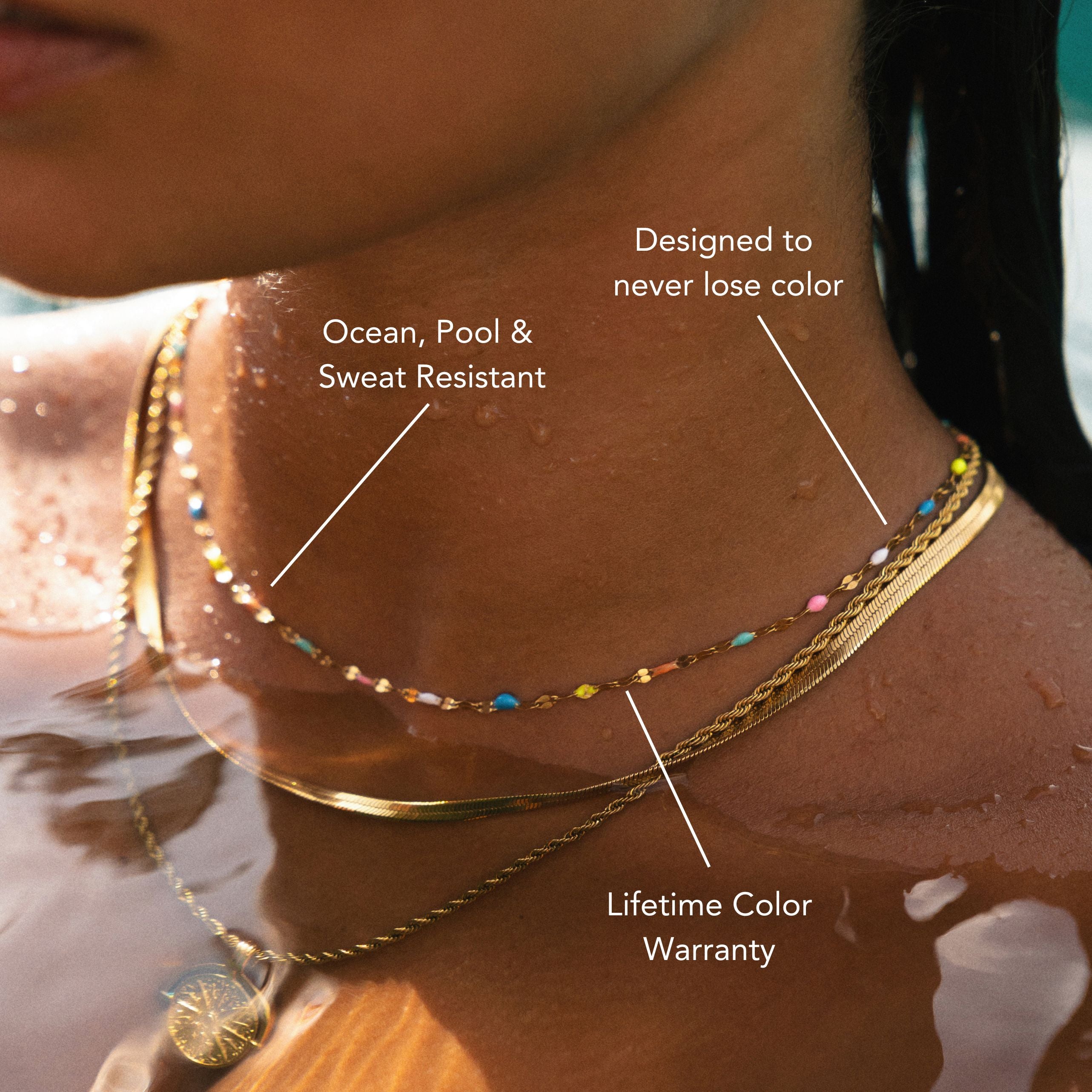

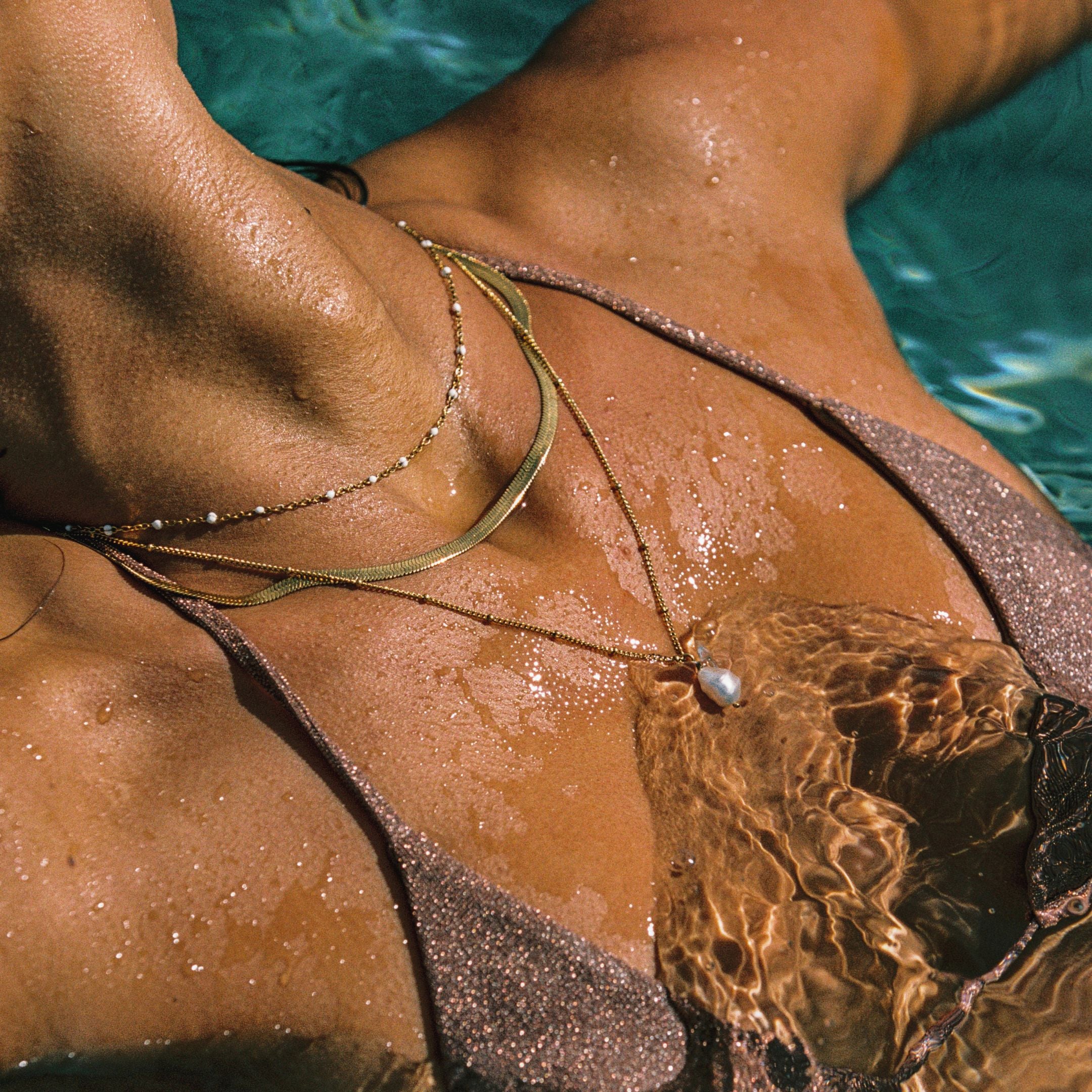
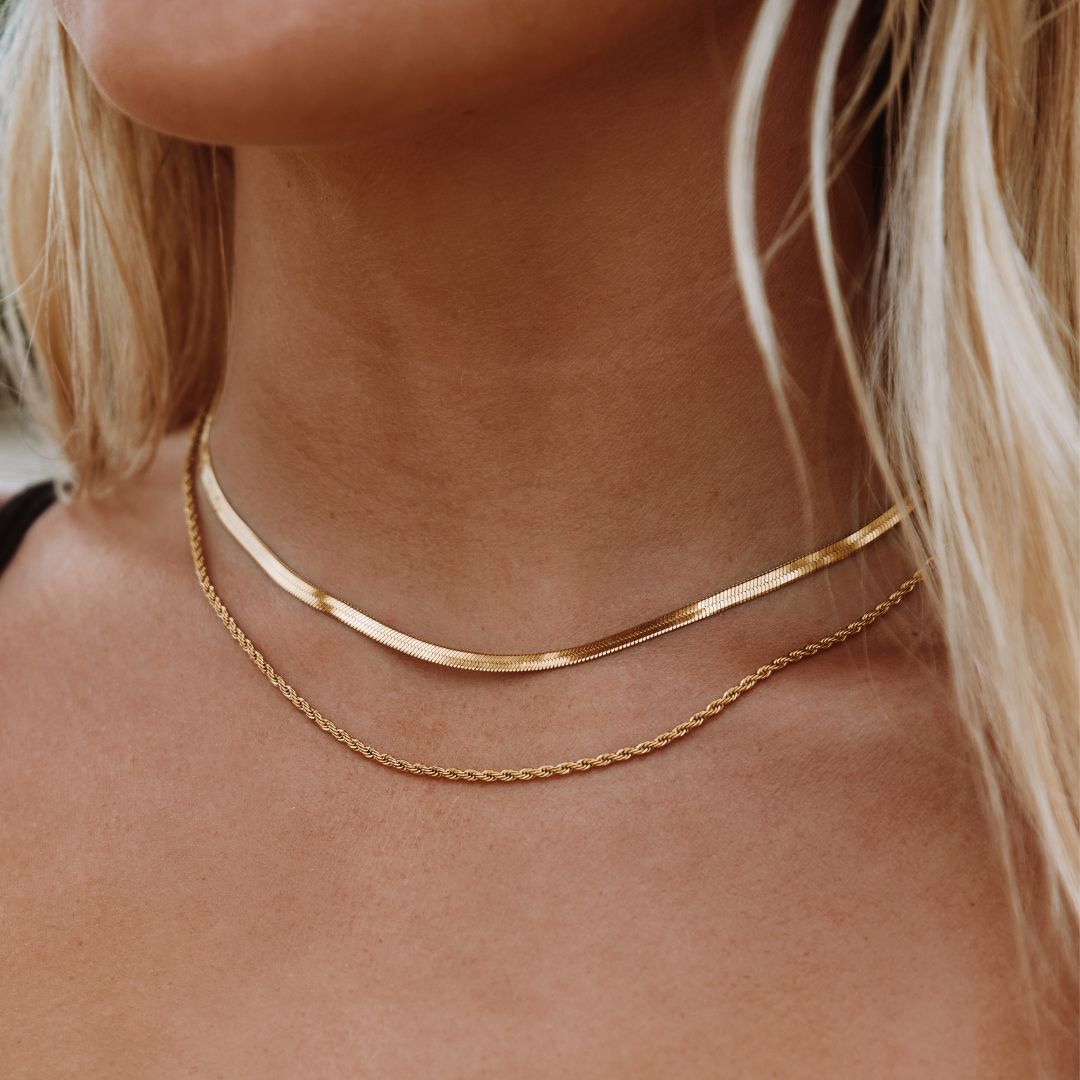

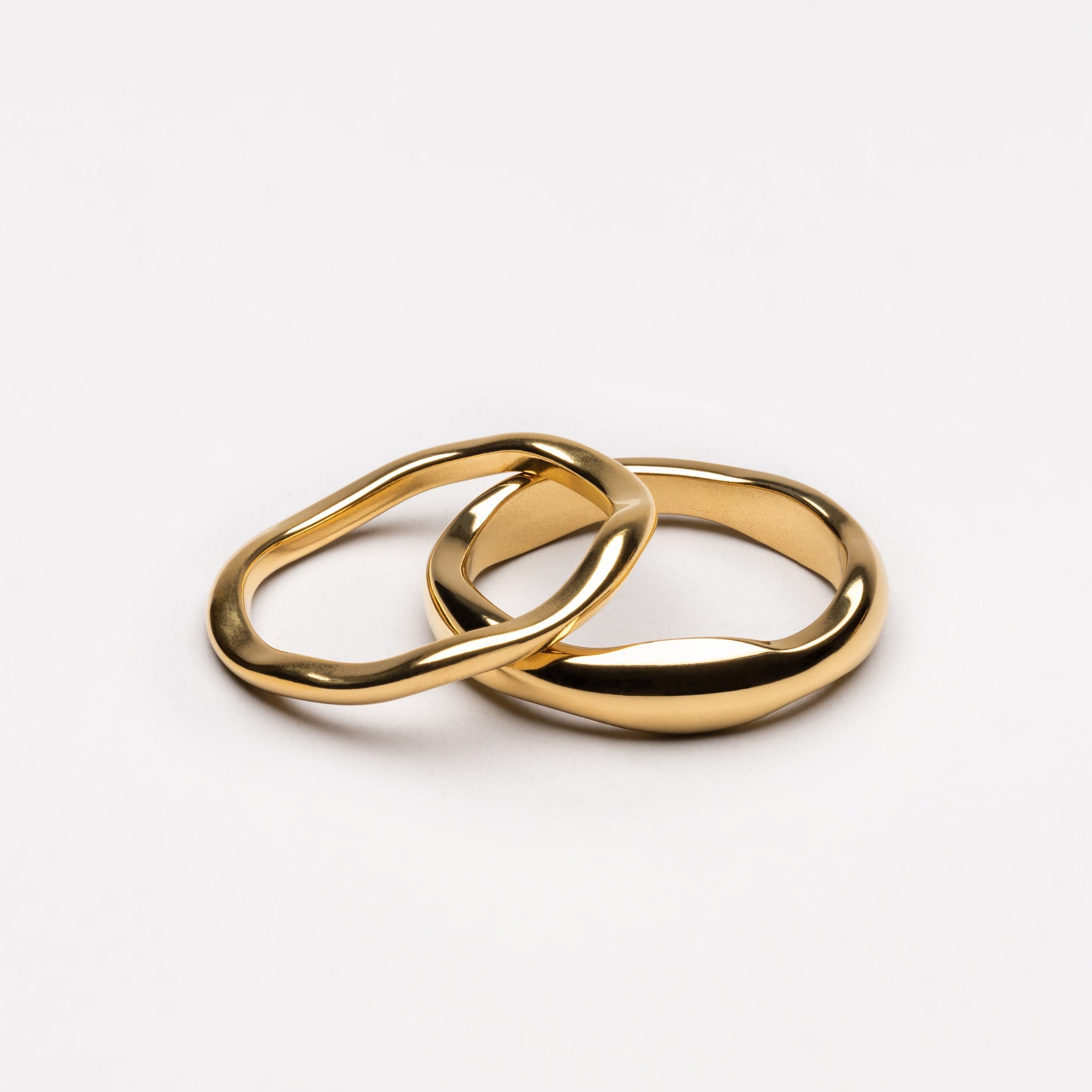
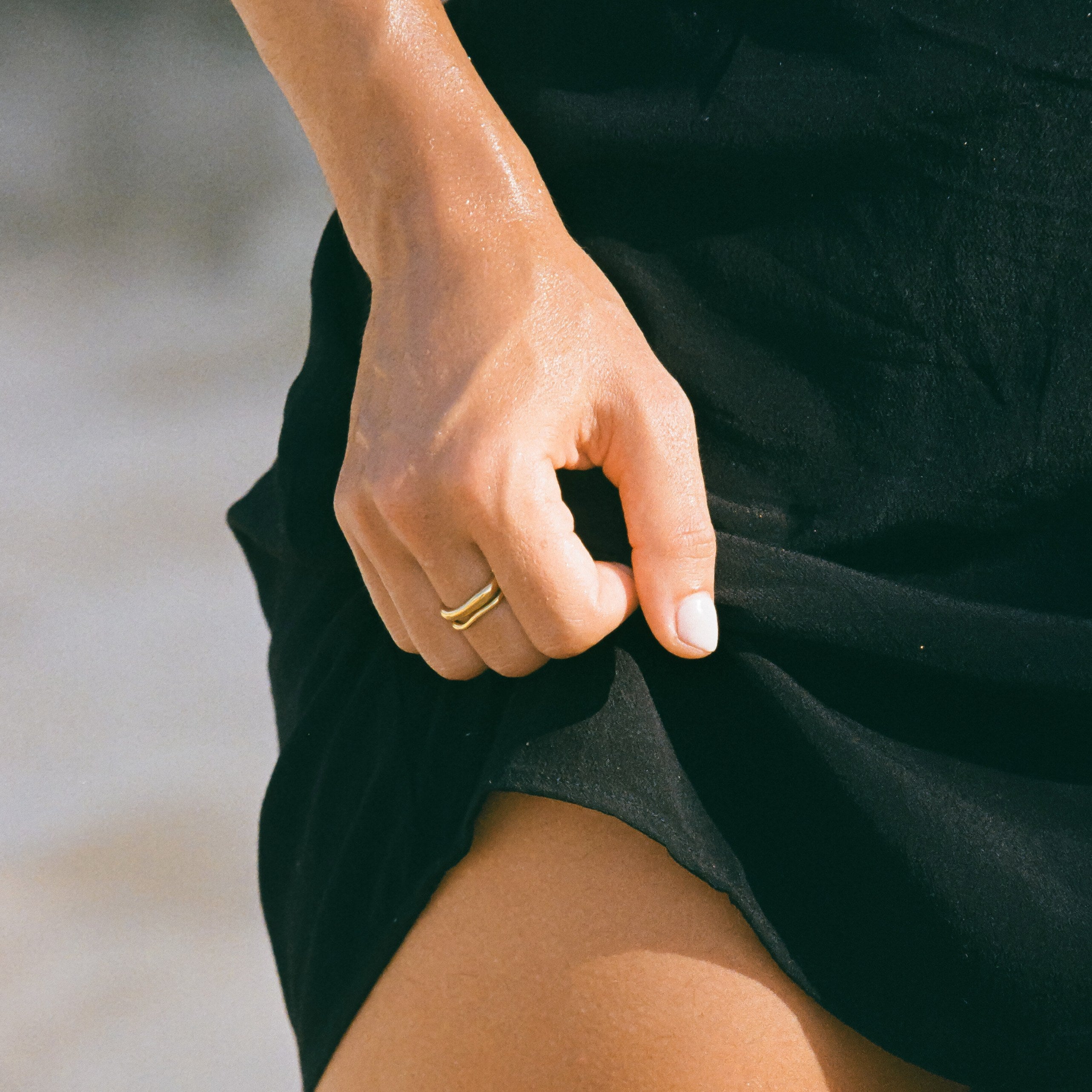
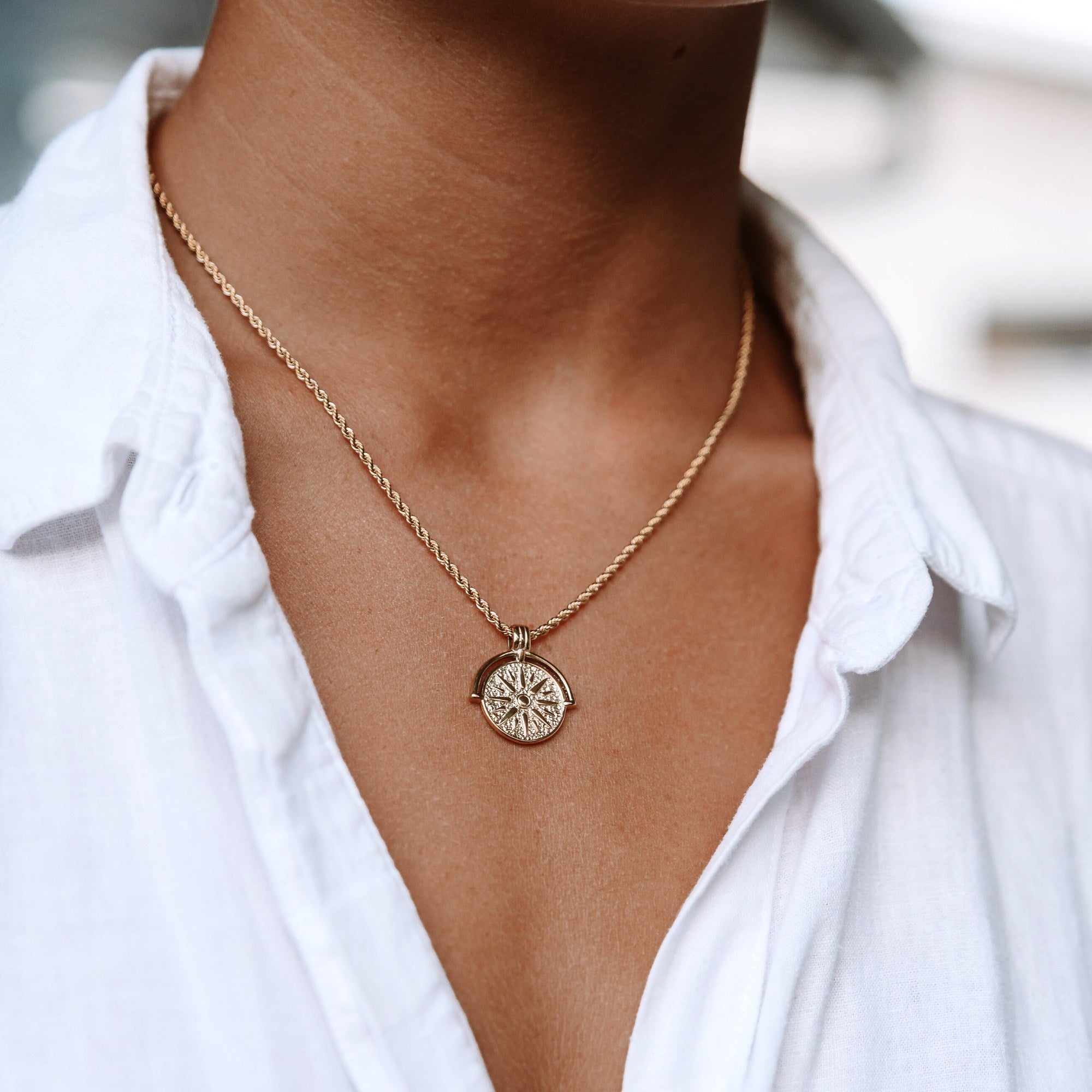
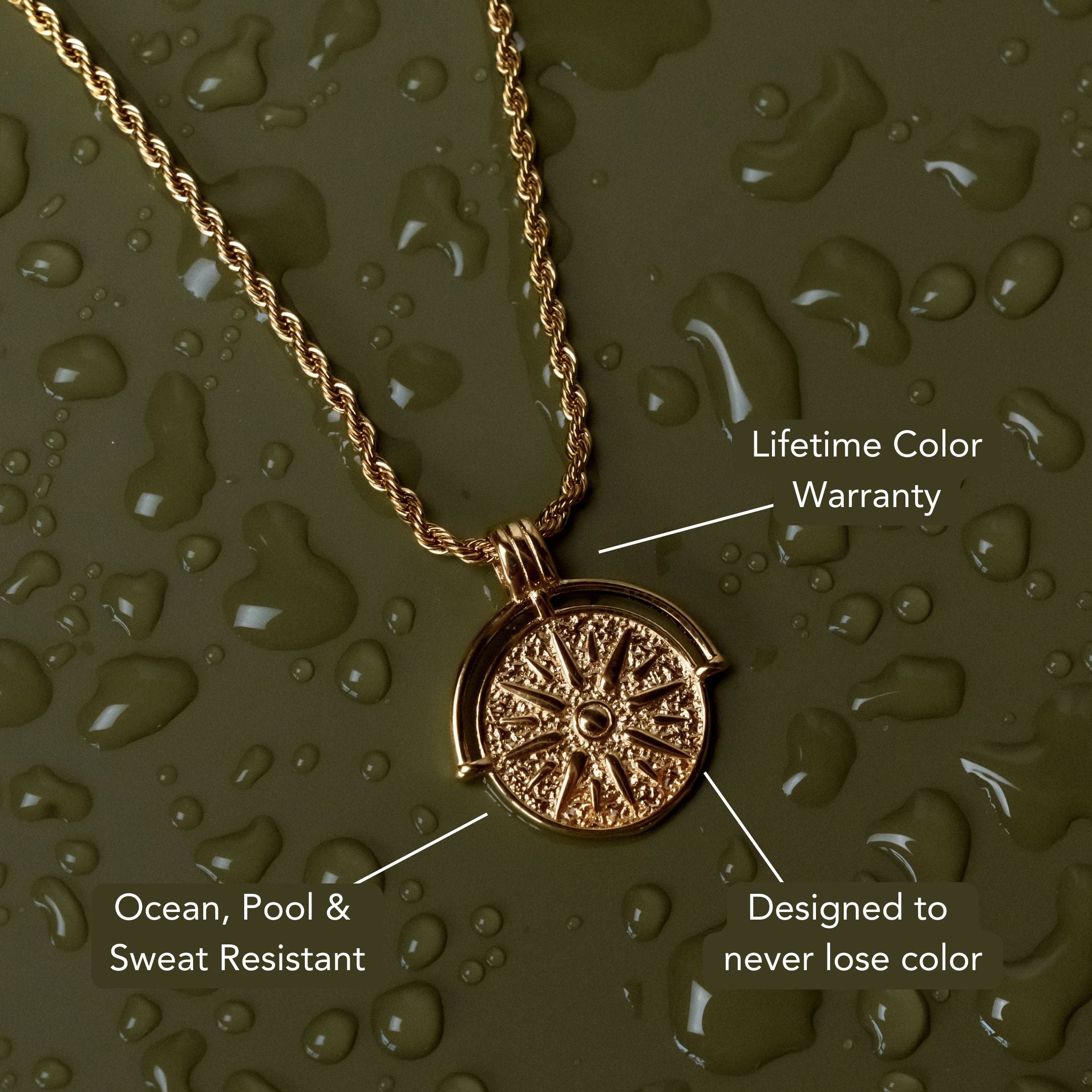






Leave a comment
This site is protected by hCaptcha and the hCaptcha Privacy Policy and Terms of Service apply.